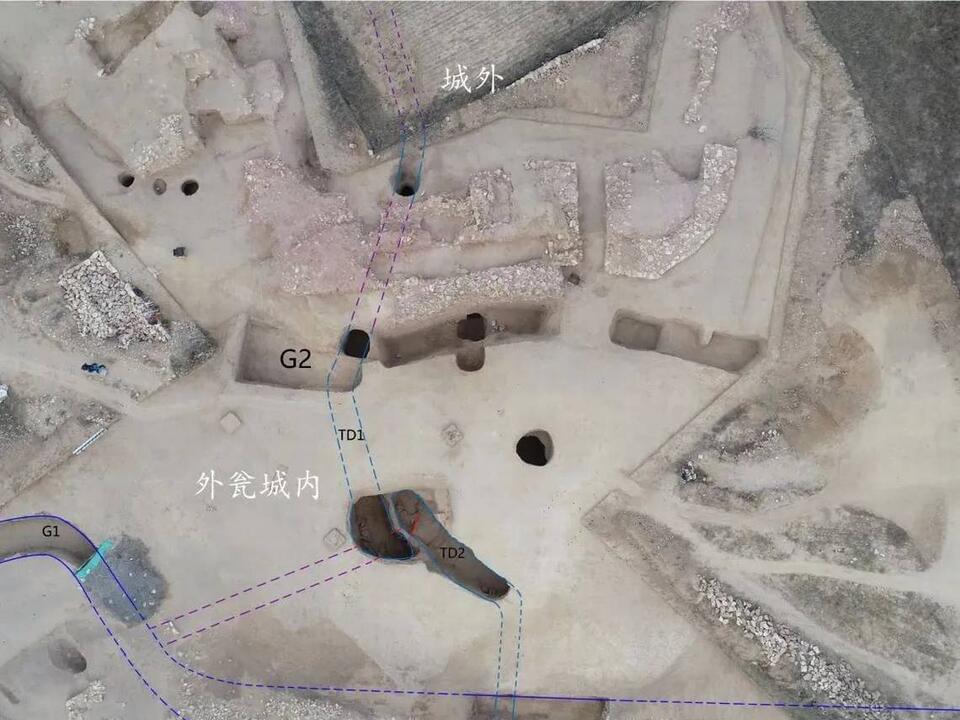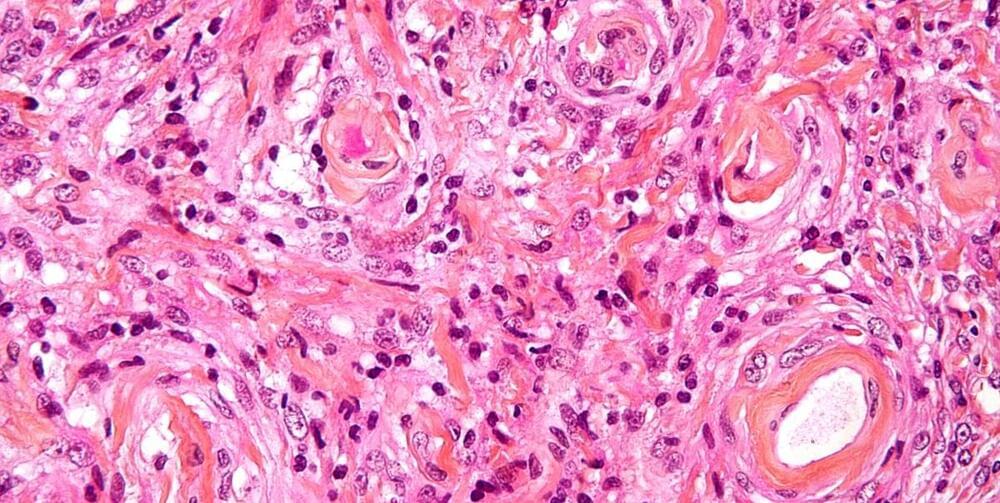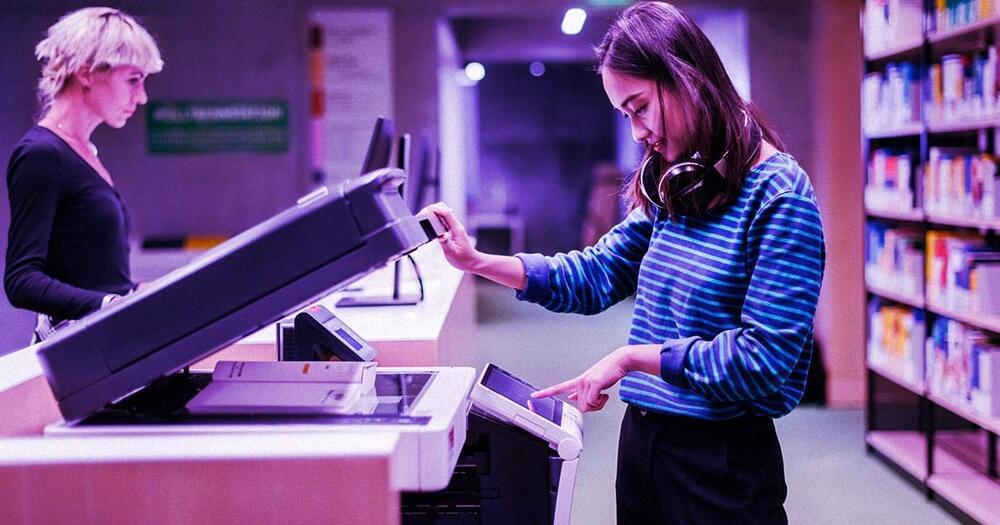Karl John Friston, University College LondonThis presentation offers a heuristic proof (and simulations of a primordial soup) suggesting that life—or biologi…
Get the latest international news and world events from around the world.

Secret underground passageways discovered in ruins of 4,300-year-old city in China
During the most recent excavations, archaeologists stumbled on a system of secret underground passageways. They found six intersecting tunnels that functioned as a hidden transportation network.
A photo shows a partial map of the passageways. Other photos show a tunnel entrance and a view inside the well-preserved arched tunnels.
Archaeologists said the tunnels were between about 5 feet and about 20 feet down. Inside, the tunnels were between 3 feet and 6 feet tall and roughly 4 feet wide. Several tunnels passed under the city’s defensive walls and opened to the outside.

Unitree enters the humanoid robot marketplace, with the bipedal H1
It was just this week that we told you about Unitree’s latest quadruped robot, the B2. Well, the Chinese company has also announced its first-ever humanoid bipedal robot, the Unitree H1.
With a planned price tag of under US$90,000, the H1 is intended to rival other humanoid bots such as those made by Tesla, Figure and Agility Robotics. As far as basic specs go, it stands 1,805 mm tall (71 in), weighs about 47 kg (104 lb) and can carry a payload of up to 30 kg (66 lb).
Joints in the hip, knee and ankle give each leg a total of five degrees of freedom, while joints in the shoulder and elbow give each arm a total of four degrees. Unitree’s own M107 motors deliver 360 Nm (266 lb ft) of torque at each joint. Flexible fingers are reportedly in the works.


Electric Truck Showdown: Tesla Cybertruck vs. Ford F-150 Lightning
The Tesla Cybertruck and Ford F-150 Lightning are both electric trucks with comparable range, but they have different features and capabilities that make them suitable for different types of users.
Questions to inspire discussion.
What are the main differences between the Tesla Cybertruck and Ford F-150 Lightning?

Michael Levin | Evolution, Basal Cognition and Regenerative Medicine
Talk kindly contributed by Michael Levin in SEMF’s 2023 Interdisciplinary Summer School: https://semf.org.es/school2023/sessions.html#S1TALK ABSTRACTEach of u…
Falcon Heavy — Boost Back Burns — USSF-52
Ed was trying out his new IR tracking camera to follow the boosters at night. We will start recording with it next launch. Seems every launch is now and for the foreseeable future will be \.